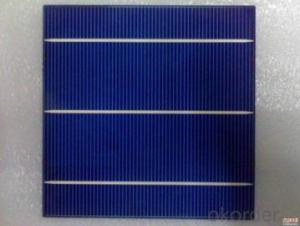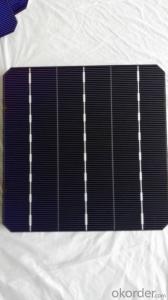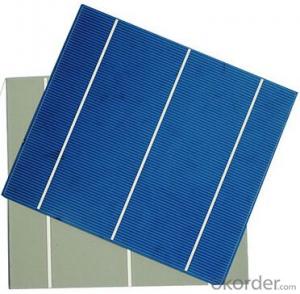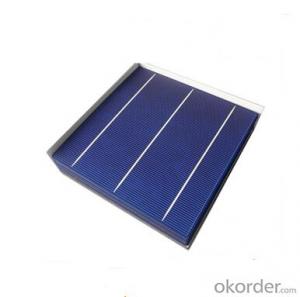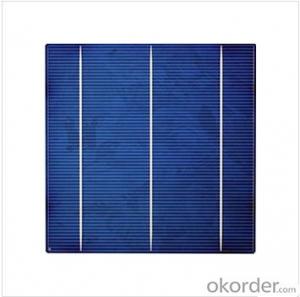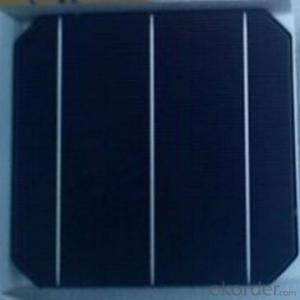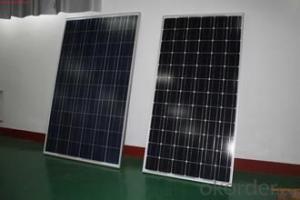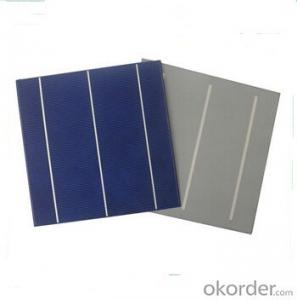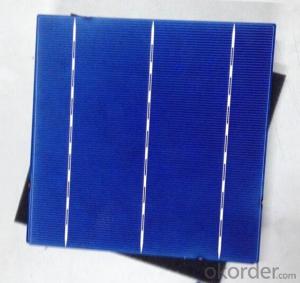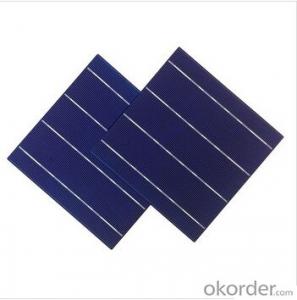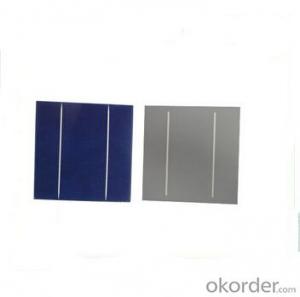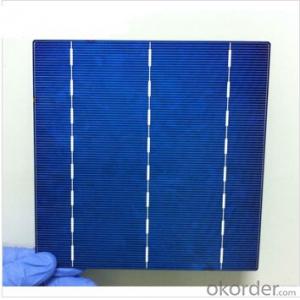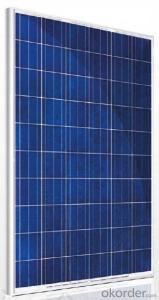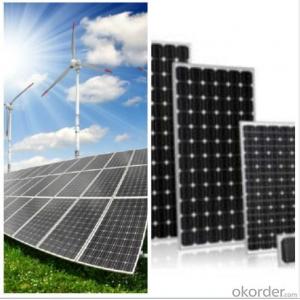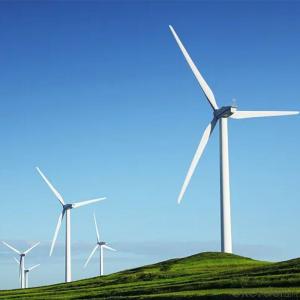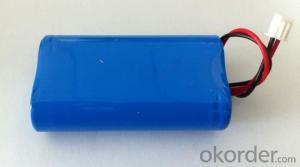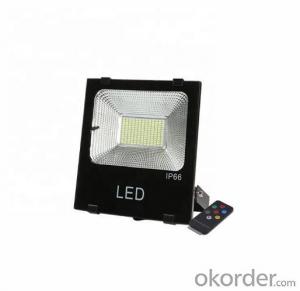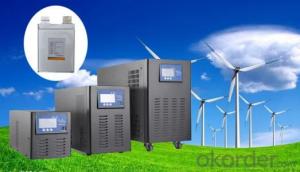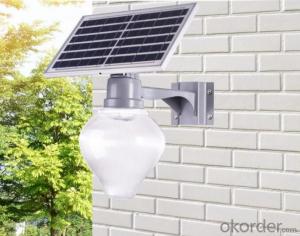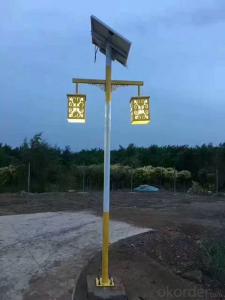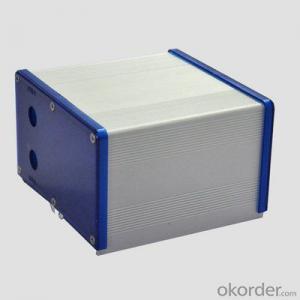Plasmonic Solar Cells
Plasmonic Solar Cells Related Searches
Photovoltaic Solar Cells Biogenic Solar Cells Polymer Solar Cells Excitonic Solar Cells Compact Solar Cells Large Solar Cells Crystalline Solar Cells Polymer Based Solar Cells Plant Based Solar Cells Organic Solar Cells Aerospace Solar Cells Amorphous Solar Cells Nano Solar Cells Blemished Solar Cells Pv Solar Cells Satellite Solar Cells Bacteria Solar Cells Cadmium Solar Cells Algae Solar Cells Quantum Solar Cells Black Solar Cells Biomimicry Solar Cells Bulk Solar Cells Photovoltaic Pv Solar Cells Flexible Solar Cells Printed Solar Cells Gallium Solar Cells Electric Solar Cells Organic Polymer Solar Cells Bifacial Solar CellsPlasmonic Solar Cells Supplier & Manufacturer from China
Plasmonic Solar Cells are advanced photovoltaic devices that utilize the unique properties of plasmonics to enhance light absorption and improve overall efficiency. These cutting-edge solar cells incorporate nanostructures that can capture and concentrate light, leading to increased power generation capabilities. They are particularly effective in converting a broader range of the solar spectrum into electricity, making them a promising technology for sustainable energy solutions.Plasmonic Solar Cells are widely used in various applications, including residential, commercial, and industrial settings. They are ideal for areas with limited space or high light intensity, as their enhanced light absorption allows for more efficient energy generation in a smaller footprint. Additionally, these solar cells can be integrated into building materials, such as windows or rooftops, providing both aesthetic and functional benefits. Their versatility makes them suitable for a range of usage scenarios, from powering individual homes to contributing to large-scale renewable energy projects.
Okorder.com is a reputable wholesale supplier of Plasmonic Solar Cells, offering a vast inventory to cater to the growing demand for this innovative technology. With a commitment to quality and customer satisfaction, Okorder.com ensures that their Plasmonic Solar Cells meet the highest industry standards. By providing a reliable source for these cutting-edge solar cells, Okorder.com supports the transition towards more sustainable and efficient energy solutions.
Hot Products
